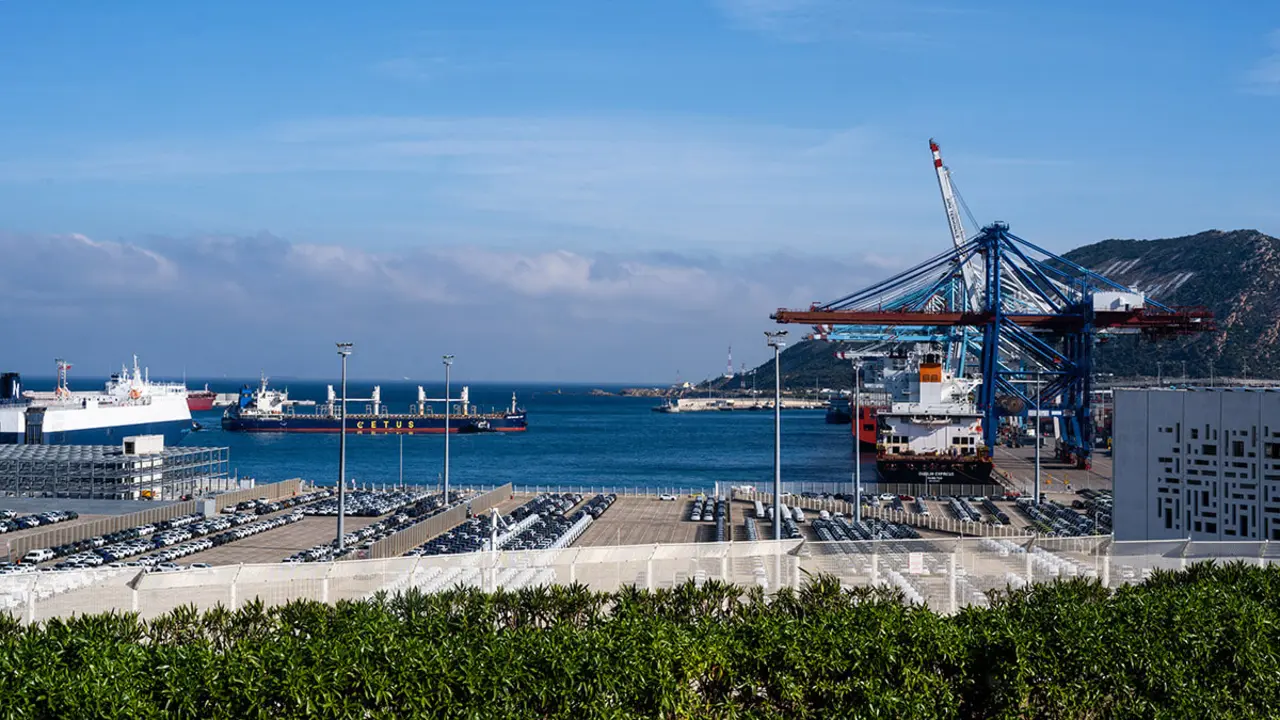Will Belize's debt-for-nature swap trigger a blue financial revolution in emerging markets?

With green bond issuance reaching record highs, blue bonds and debt-for-nature deals are also emerging as potential financing tools for emerging markets.
In one of the most innovative developments in recent times, in September the government of Belize launched a debt-for-nature swap to restructure its only sovereign bond.
The proposal was for Belize to buy back its debt at a significant discount (55 cents on the dollar) in exchange for increased efforts to protect its marine environment.

As part of the deal, which saw Belize receive financial support from the US-based environmental group the Nature Conservancy, the country will pre-finance a $23.4 million endowment to support marine conservation projects in its waters.
After initially receiving backing from major lenders such as Aberdeen Standard Investments, Grantham, Mayo, van Otterloo and Greylock Capital, the deal reached the 75 % threshold required for approval. By the end of the offer's maturity period in mid-October, creditors holding 85% of the bond's value had subscribed.
The preservation of the marine environment is important not only for Belize's natural ecosystems, but also for its economy.

The country is home to the second largest barrier reef in the world, while its 125-metre deep Blue Hole is considered one of the best diving sites in the world. Tourism accounts for about 40 % of its GDP and employs about 40 % of its workforce, while the fishing industry employs another 10 %.
Although uncommon, the idea of monetising environmental protection through debt-for-nature swaps is not entirely new.
Bolivia made the first such deal in 1987, when a $650,000 debt was cancelled in exchange for the government setting aside 1.5 million hectares of land adjacent to the Amazon basin for conservation purposes.

Other examples include a 2002 agreement between the US and Peru that cancelled $14.3 million in the latter's foreign debt, of which $10.6 million went to conservation projects, and a 2015 agreement in which $22 million of Seychelles' debt was forgiven in exchange for the country agreeing to protect 410,000 square kilometres of ocean. The Seychelles agreement was the first in the world to focus strictly on marine ecosystems and biodiversity.
Another example of sea-friendly financing is blue bonds. Similar in function to green bonds, blue bonds are debt instruments issued to support investment in marine-friendly initiatives and the blue economy.
In fact, it was the Seychelles that launched the world's first sovereign blue bond in 2018, when it raised US$15 million from international investors to help finance the expansion of marine areas and improve the governance of the fishing industry.

Since then, several institutions, including Nordic Investment Bank and Morgan Stanley, have launched blue bonds, while in September the Asian Development Bank issued its first blue bond, a $151m 15-year issue that will finance ocean with related projects in Asia and the Pacific.
Given the increasing focus on environmental, social and governance metrics in both the public and private sectors, the development of debt-for-nature and blue finance deals could set a precedent for emerging markets looking to raise funds.
In particular, these tools are likely to appeal to coastal or island emerging markets, many of which have suffered economically in recent years as COVID-19 led to a sharp drop in tourism.

As in the case of Belize, several Latin American countries rely heavily on their marine environments, as do emerging markets in Asia and the Pacific.
Meanwhile, with over 47,000 km of coastline and 38 coastal and island states, Africa is heavily dependent on its waterways. For example, the fisheries and aquaculture sector employ more than 12.3 million people and generates around $24 billion a year, according to the UN Food and Agriculture Organisation, and is critical to the continent's food security.
While blue finance remains a relatively minor player in the overall debt market, the rapid uptake of green bonds in recent years may provide an example of their growth potential.

The Climate Bonds Initiative has predicted that green bond issuance will reach a record $500 billion this year, well above last year's total of $300 billion, which was itself a record.
In addition, as OBG has detailed, there is a growing awareness of the importance and economic value of the "blue economy", which is an umbrella term encompassing fields ranging from fisheries, waste management and pollution, as well as shipping, tourism, and renewable energy.
The ocean economy is estimated to generate USD 1.5 trillion per year, while the OECD expects ocean industries to double their contribution to global GDP by 2030, highlighting the potential for future developments in blue and ocean-focused finance.








